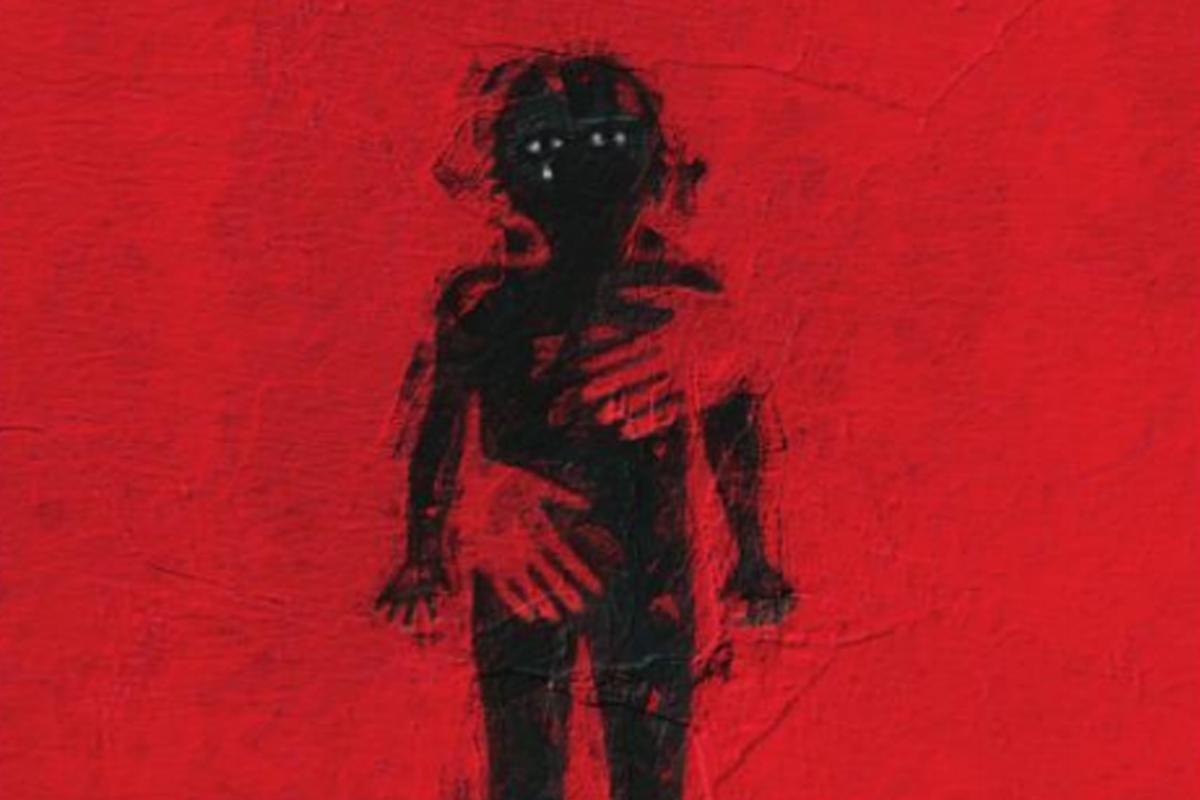Bulandshahr teen detained for abuse of animals and Child Sexual Abuse
Another video posted on the teen’s Instagram account showed an individual inappropriately touching an infant.
The huge spike in consumption of child pornography during the lockdown must force our regulators to crack down effectively, argue ANSHRITHA RAI and MUDIT AHUJA
ANSHRITHA RAI and MUDIT AHUJA | Pune | August 20, 2020 12:06 pm

A recent report published by India Child Protection Fund (ICPF) claimed that child pornography consumption in the country has spiked by an alarming rate of 95 per cent during the lockdown period. The report cites data from the world’s largest pornographic website ‘pornhub’ and suggests a snowballing increase in search for keywords like “sexy child”, “teen sex videos” and “child porn”. Worryingly, the government helpline for child abuse received 92,000 SOS calls seeking protection in a short span of 11 days.
The steep increase in the number of hours spent online by children, especially in the wake of the lockdown, makes them increasingly vulnerable to the crimes of the e-world. It is therefore evident that there exists an inextricable link between child pornography and child abuse.
Advertisement
The Supreme Court in a suo motu petition dealing with similar issues directed the government to devise guidelines to tackle the challenges in banning child pornography. However, to date, the petition remains pending. In spite of Indian law prohibiting the consumption of child pornography in private, the disturbing trend of the migration of paedophiles online raises the question of whether there is a need to revisit the existing legal framework.
Advertisement
Implications
Currently, there exist two legislations dealing with child pornography. They are (i) Protection of Children from Sexual Offences Act, 2012 and its allied rules (POCSO) and (ii) The Information Technology Act, 2000 (IT Act). POCSO defines ‘child pornography’ and penalises the possession, circulation and storage of pornographic content involving a child. Section 67B of the IT Act imposes a fine and provides for imprisonment extending to 7 years for publishing, browsing, downloading and distributing content involving child pornography.
Inadequacy of legislations
The pervasiveness of the horrific social evil of child pornography heralds the prevalence of massive loopholes in these penal legislations. Notwithstanding the ban on pornographic websites in India, the country still stands at the helm of pornography consumption worldwide. Easy access to Virtual Private Networks (VPN) and proxy servers makes it effortless to conceal one’s identity when visiting such websites from unknown locations. This thwarts the process of tracking the purveyors of child crime by the investigative agencies.
Further, Section 79 of the IT Act is a safe harbour provision which grants conditional immunity to intermediaries from liabilities for third party acts. This leniency towards intermediaries provides little motivation to them to exercise timely supervision over the activities relating to child porn of third parties.
The Denouement
In defiance of the legislative provisions on child pornography, child sexual abuse material continues to be accessed. This persistent exploitative use of children is testament to the inadequacies of the existing policing of child pornography.
Earlier this year, a Rajya Sabha panel advocated a slew of legislative, technological, institutional and social measures to combat the menace of child pornography. Observing that the perpetrators always appear to be one step ahead of the regulators, the committee emphasized that its recommendations would have impact only if enforced as an integrated package of measures. This multi-pronged strategy proposed should be commended for the stringent punitive approach assumed by the panel. Imposing accountability and liability on intermediaries is a welcome move.
The need of the hour is for the government to implement a total ban on Virtual Private Networks and simultaneously, to enact stricter measures for the regulation of intermediaries.
It also becomes crucial that the carte blanche exercised by children on the internet be limited by parental control. Identifying the original source and distributors of child sexual abuse material is near impossible and warrants immediate consideration for a successful crackdown on child pornography. It is incumbent on the government to ensure positive actions for curtailing the consumption, distribution and browsing of content related to child pornography.
The time is ripe to acknowledge this elephant in the room and to adopt stricter measures in order to enhance living conditions of the building blocks of the nation. To quote the Apex Court “Innocent children cannot be made prey to these kind of painful situations, and a nation, by no means, can afford to carry any kind of experiment with its children in the name of liberty and freedom of expression,”
The writers are students of ILS Law College, Pune.
Advertisement
Another video posted on the teen’s Instagram account showed an individual inappropriately touching an infant.
The top court forbid all the courts across the country from using the term “child pornography” and instead, use “child sexual exploitative and abuse material” (CSEAM).
The apex court set aside a Madras High Court order and held that "storage of such material, without deleting or without reporting the same, would indicate an intention to transmit."
Advertisement
